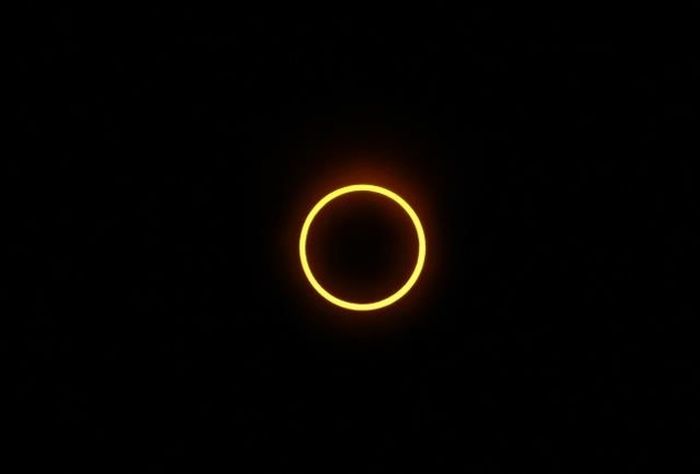|
|
Solar Eclipse
|
More common, but still infrequent, is a conjunction of a planet (especially but not only Mercury or Venus) at the time of a total solar eclipse, in which event the planet will be visible very near the eclipsed Sun, when without the eclipse it would have been lost in the Sun's glare. At one time, some scientists hypothesized that there may be a planet (often given the name Vulcan) even closer to the Sun than Mercury; the only way to confirm its existence would have been to observe it in transit or during a total solar eclipse. No such planet was ever found.
• Artificial satellites
Artificial satellites can also pass in front of the Sun as seen from Earth, but none is large enough to cause an eclipse. At the altitude of the International Space Station, for example, an object would need to be about 3.35 km (2.08 mi) across to blot the Sun out entirely. These transits are difficult to watch, because the zone of visibility is very small. The satellite passes over the face of the Sun in about a second, typically. As with a transit of a planet, it will not get dark.
Observations of eclipses from spacecraft or artificial satellites orbiting above the Earth's atmosphere are not subject to weather conditions. The crew of Gemini 12 observed a total solar eclipse from space in 1966. The partial phase of the 1999 total eclipse was visible from Mir.
|
|









